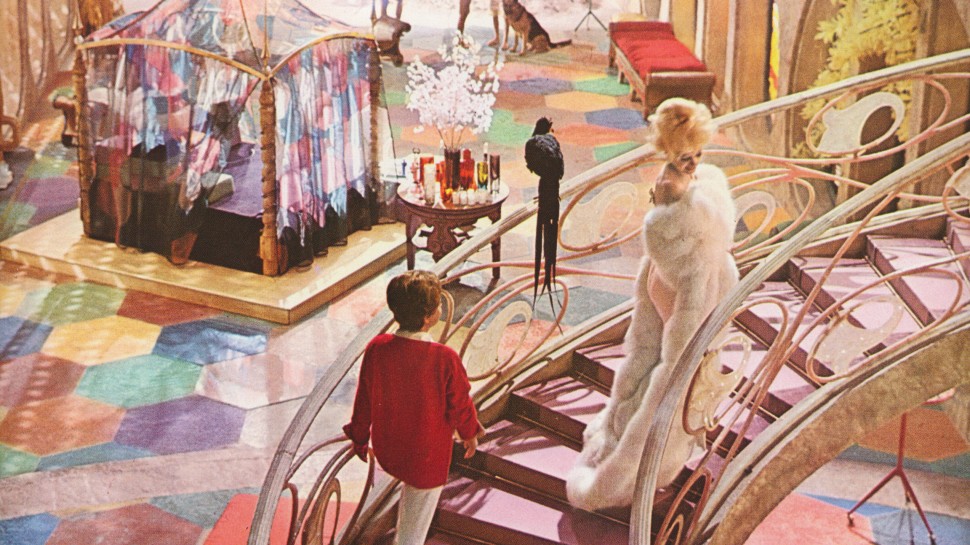
Juliet of the Spirits - DCP
(Giulietta degli spiriti)
With Giulietta Masina, Sandra Milo, Mario Pisu.
Italy/France, 1965, DCP, color, 145 min.
Italian, French, Spanish and English with English subtitles.
DCP source: Luce Cinecittà, Cineteca di Bologna and Cineteca Nazionale
Facing accusations of excessive self-mythologizing after a pair of films in which he cast Marcello Mastroianni as a thinly veiled alter ego, Fellini fashioned Juliet of the Spirits as a way to honor the subjectivity of his wife, Giulietta Masina, who plays a demure housewife dogged by suspicions of her husband’s (Mario Pisu) philandering. As a work of sympathetic projection, it’s perhaps miscalculated, as the film suggests that the greatest suffering of Masina’s heroine, Giulietta Boldrini, is in her absence of both spontaneity and promiscuity—qualities practiced regularly by her hard-partying neighbor, Susy (Sandra Milo), who in her brashness and sexiness registers as an idealized Fellini woman. On the other hand, as the first foray into Technicolor from a one-of-a-kind visual thinker, Juliet of the Spirits is a veritable feast for the senses, tossing off dazzling images with such frequency that it can be hard to keep up. In his ludicrously heightened facsimile of an Italian suburb, Fellini turns front lawns into shapeshifting dreamscapes and upper-middle-class homes into modernist labyrinths whose contours are so oppressive that Giulietta must escape into even more vibrant daydreams and flashbacks. Pure psychedelic head trip or bottomless well of delusional projection, Juliet of the Spirits is never less than invigorating.


































